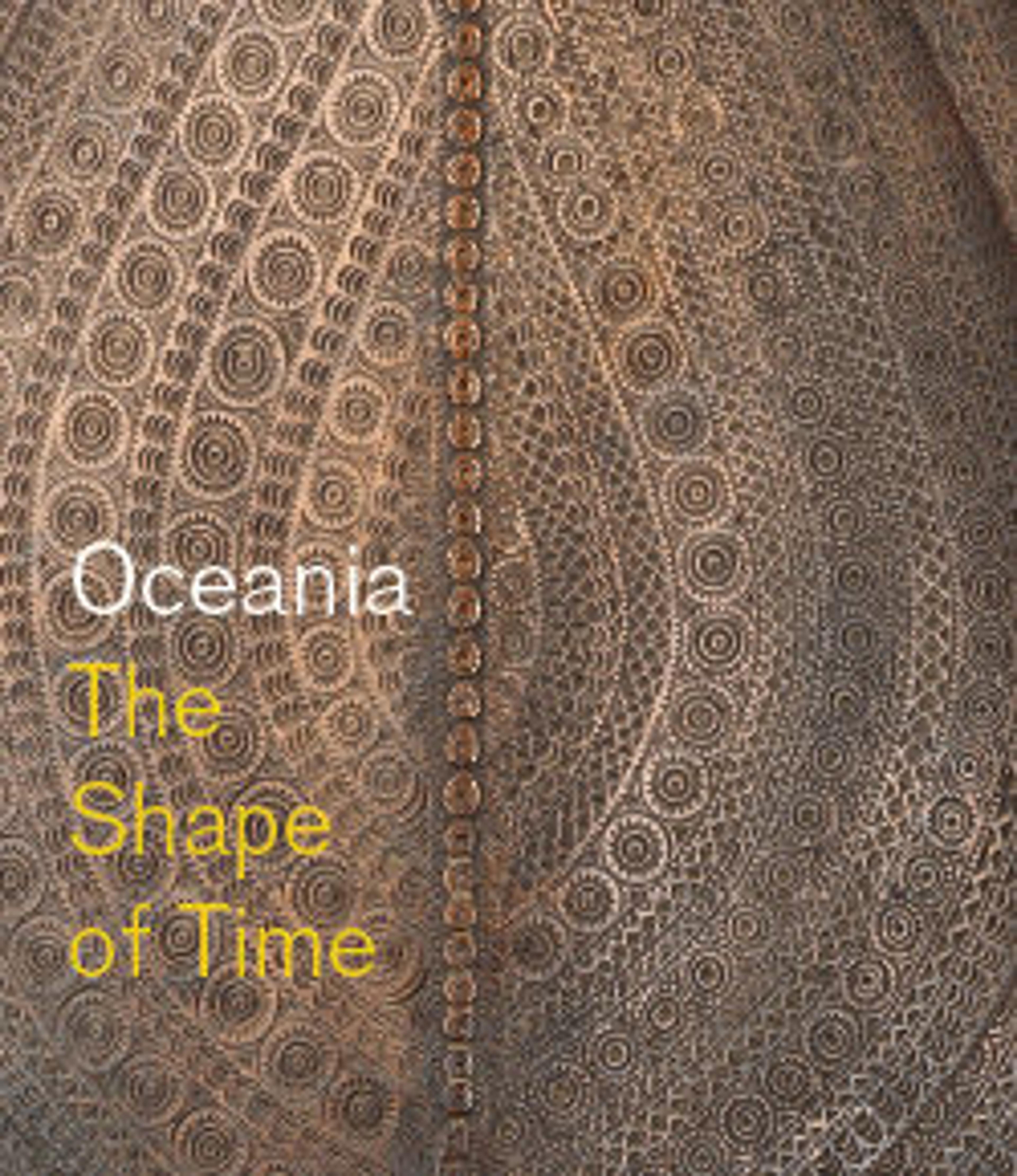Boomerang
Artists in western Queensland created delicately engraved boomerangs adorned with geometric designs. This boomerang has been attributed to the region of Boulia in central western Queensland, on Pitta Pitta Country. According to one nineteenth-century account, among the Pitta-Pitta people the shallow, semicircular motifs infilled with fine diagonal lines that are seen on this boomerang are said to resemble the fine surface ripples on a body of water striking the bank and are called nar-pi ming-ka-ra, "riverbank marks." The narrow lozenge-shaped motifs that comprise the central lines are known as ma-li ming-ka-ra, "fishnet marks," and reportedly evoke the form of large fishnets folded up for travel. Knowledge of water and its sources are essential for survival in Australia, particular in the arid inland areas of western Queensland and Central Australia.Contrary to popular belief, not all boomerangs were made to return when thrown. Boomerangs in western Queensland were used for both hunting and fighting. When thrown from distances of up to 100 yards, boomerangs were capable of incapacitating game such as kangaroos and emus. They also serve as effective weapons during combat. The markedly pointed ends on this work are commonly seen on boomerangs from this area and were purely decorative, created to enhance the beauty rather than the aerodynamics of the implement.
Artwork Details
- Title:Boomerang
- Date:late 19th–early 20th century
- Geography:Australia, probably western Queensland, Queensland or Victoria
- Culture:Probably western Queensland
- Medium:Wood, pigment
- Dimensions:H. 5 13/16 × W. 26 7/16 × D. 3/8 in. (14.8 × 67.2 × 1 cm)
- Classification:Wood-Implements
- Credit Line:The Michael C. Rockefeller Memorial Collection, Bequest of Nelson A. Rockefeller, 1979
- Object Number:1979.206.1552
- Curatorial Department: The Michael C. Rockefeller Wing
More Artwork
Research Resources
The Met provides unparalleled resources for research and welcomes an international community of students and scholars. The Met's Open Access API is where creators and researchers can connect to the The Met collection. Open Access data and public domain images are available for unrestricted commercial and noncommercial use without permission or fee.
To request images under copyright and other restrictions, please use this Image Request form.
Feedback
We continue to research and examine historical and cultural context for objects in The Met collection. If you have comments or questions about this object record, please contact us using the form below. The Museum looks forward to receiving your comments.
